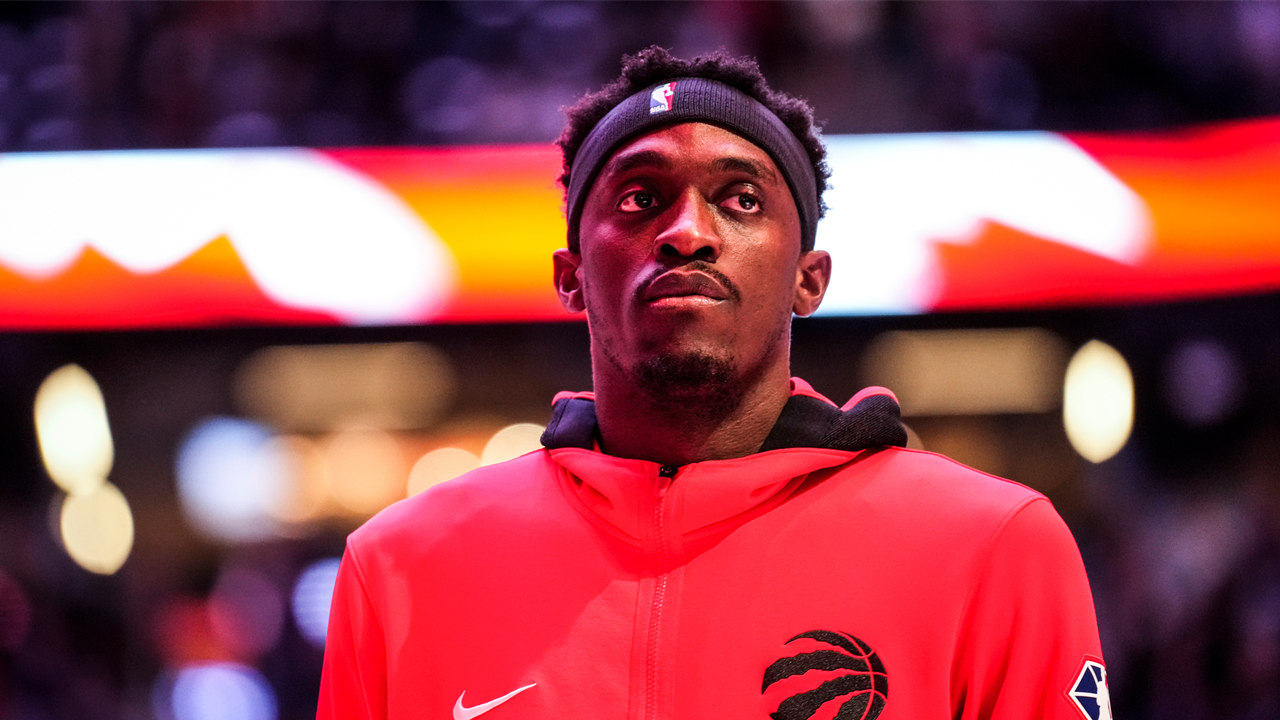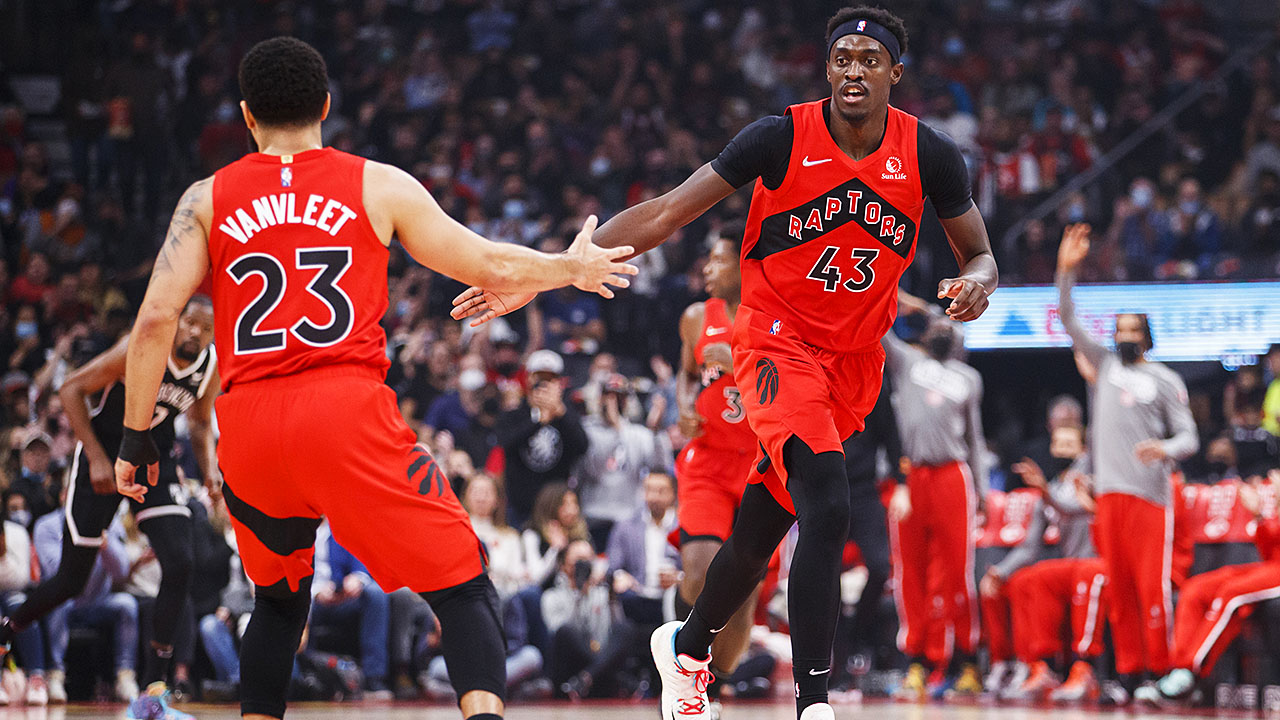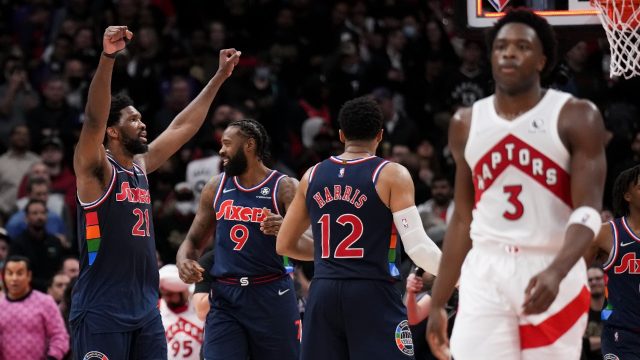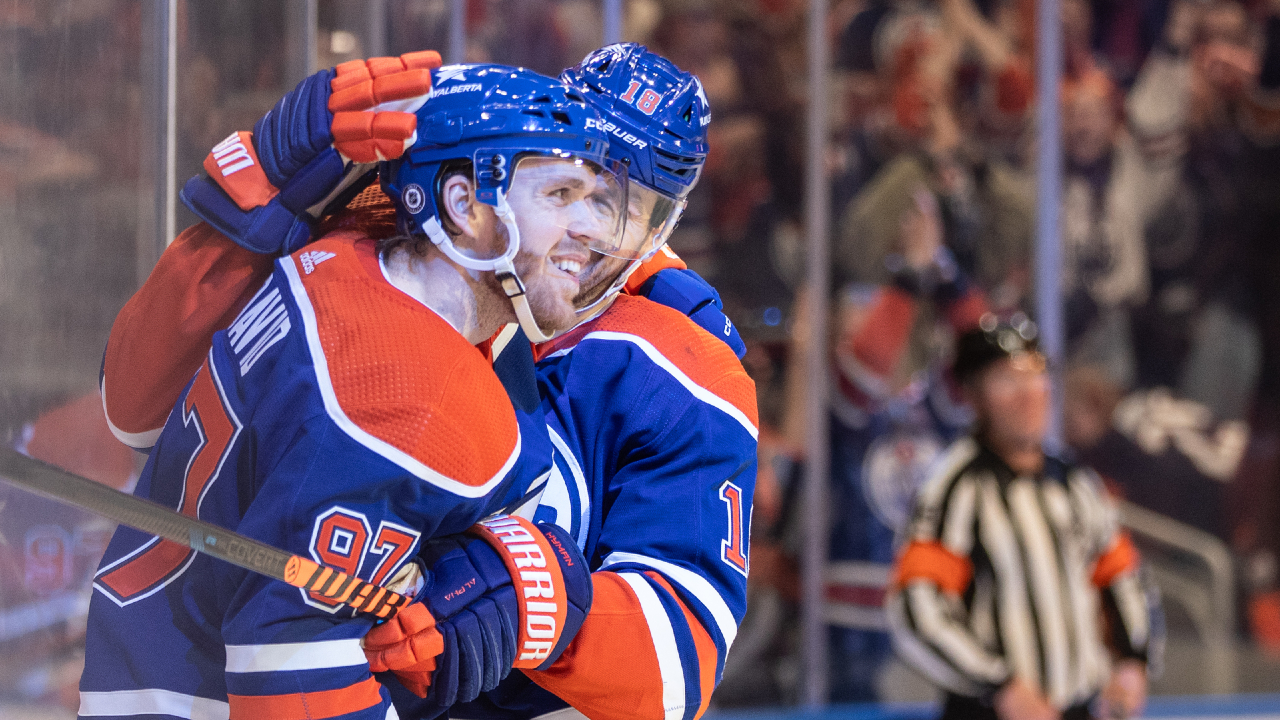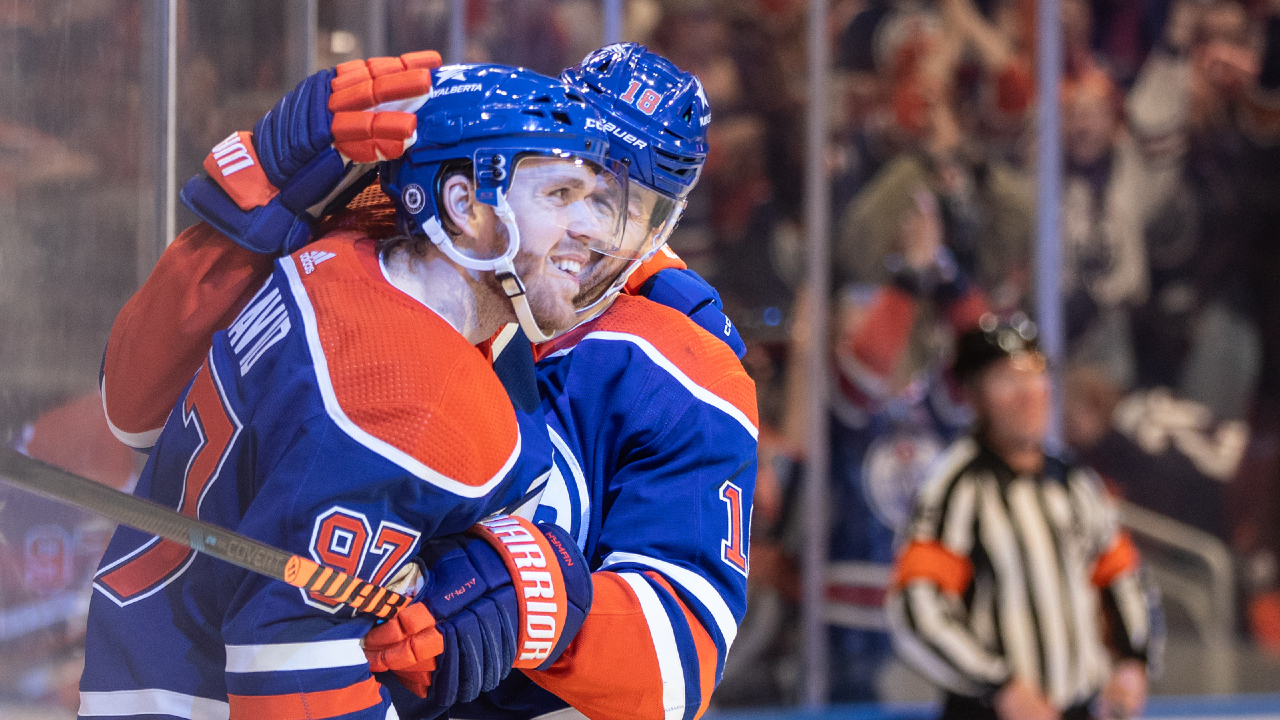
In the spring of 2015, the Toronto Raptors were swept aside in the first round by a not-particularly good Washington Wizards team.
Even as first-round sweeps go, it was ugly. The Raptors were slight favourites as a 48-win fourth seed over the 46-win Wizards. The hope was Toronto would build on its surprise showing in 2013-14, when they emerged from nowhere to grab the third seed in the Eastern Conference and push the built-to-win Brooklyn Nets to seven games in the first round.
This was the next step, was the feeling.
And then the series started, and the Raptors got their butts handed to them, with their best players – DeMar DeRozan and Kyle Lowry – seemingly unable to do anything about it. Paul Pierce, at 37 years old, declared the Raptors didn’t have “it” and shot 57.6 per cent for the series. Not only did Toronto not have an answer for John Wall and Bradley Beal – the East’s ascendant young back court at the time – they didn’t have an answer for late-career Marcin Gortat, as the Polish Hammer put up 17-and-10 on 75 per cent shooting.
Meanwhile, DeRozan and Lowry – All-Stars in their sixth season and ninth seasons, respectively and in theory the bedrock of the Raptors rise – crumbled. DeRozan averaged 20.3 points per game on 40 per cent shooting, while Lowry shrivelled to 12.3 points per game in 31.6 per cent shooting, including 5-of-23 from deep. He spent large swathes of each game in foul trouble, it felt like.
And it should be noted: This was not a Wizards team destined for great things – they lost in six games to the Atlanta Hawks in the second round and missed the playoffs a year later. And yet the Raptors shot 38 per cent at home in Game 1 and lost, allowed the Wizards to shoot 53 per cent in Game 2 and lost, shot 2-for-10 down the stretch in a winnable Game 3 and lost, and were down by 32 heading into the fourth quarter in a Game 4 annihilation.
That’s a lot of ways to lose in four games.
We bring it up because it seems like the most relevant example from recent Raptors history as to where this version of the club lies as they lick their wounds after giving away what was an exceedingly winnable Game 3 of their opening series against the Philadelphia 76ers.
A number of factors are in play, none bigger than the performance of Sixers star Joel Embiid, who is averaging 27 points and 13 rebounds against Toronto with a tellingly robust True Shooting percentage of 62.9. He’s owned the series. He chided Raptors coach Nick Nurse for complaining too much about the refereeing, he’s nailed the first buzzer beater of his career and defensively he’s inspired existential doubt in the soul of Pascal Siakam, the Raptors’ best player, while their other best player, Fred VanVleet, has simply stopped trying to get to the rim.
“I’m pretty confident in my defense, especially when it gets to winning time in the fourth quarter,” said Embiid in the wee hours of Thursday morning after he outscored Siakam 28-0 in the second half and overtime of Game 3. “… Playing against a guy like Pascal, obviously he’s really good at what he does, he’s their best player and they run a lot of stuff through him, so in that situation, I lock in even more. To be able to defend their best player and make sure nothing is easy, that’s always the goal and always a good recipe to win.”

Focussing on Siakam made good sense. He earned his way into all-NBA consideration by putting up 24 points, 8.8 rebounds and 5.8 assists on 50.1 per cent shooting. Even with extended absences due to injury by OG Anunoby and VanVleet, Siakam guided the Raptors to a 14-3 finish before he sat out the final game of the regular season.
The hope was that Siakam would build on that finish and carry his play into the playoffs, and ideally answer for his poor performance in 2020 against Boston.
It hasn’t happened. After a reasonable first half in a must-win Game 3 where Siakam put up 12 points on 6-of-11 shooting, the Raptors star went missing in the second half, going scoreless on five shots in 27 minutes. It’s perhaps even worse than that, given Siakam put up five shots in the first five minutes of the first quarter. He took just 11 shots for the next 48 minutes.
It’s been a pattern for the series – Nurse was hoping Siakam would take 25 shots in Game 3, and he fell well short of that.
But Siakam wasn’t alone in his struggles. VanVleet has was 3-of-13 and is 10-of-36 over his past two games, and 7/26 from three. He’s taken just 12 shots in the paint and made five in three games. In contrast, Tyrese Maxey, the Sizers breakout second-year guard, has taken 24 and made 18.
Combined, Siakam and VanVleet are shooting 31.9 per cent in Games 2 and 3. VanVleet seems frustrated, Siakam appears to have disengaged – at least in the second half of Game 3 – and it’s fair to wonder whether these struggles are a feature or a bug?
If these seems familiar to Raptors fans, it’s because it’s not all that different from what Lowry and DeRozan did in their second playoff run as the cornerstones of a young Raptors team.
The challenge for Raptors executives Masai Ujiri and Bobby Webster is to calculate what to do about it.
There is precedent: Back in 2015, there was some considerable fallout from the Raptors playoff flameout. There were credible reports that Lowry and then head coach Dwane Casey had reached the end of their working relationship, and that Lowry was – if not hoping that Casey would be fired, was at least not working to prevent it. “He’s the coach, I’m a player,” was Lowry’s decidedly lukewarm endorsement of the Casey at the time.
And while a series sweep to the Sixers won’t start a referendum on Nurse’s future in Toronto, it will inevitably renew one on the ability of Siakam and VanVleet to lead a team on a deep playoff run.
Fair or not, it’s impossible to avoid. When teams lose – and in this case, when they fall short of being competitive – blame looks for places to land, and two All-Stars performing well below their regular season standards under the pressure of the post-season will always be fuel to the fire.
It’s a discussion and a decision for Ujiri, Webster and their basketball operations department. But it’s worth noting that even after a dismal showing against the Wizards, Ujiri’s decision was let time do most of the work.
“You know me, no knee-jerk decisions,” he said at his end-of-season media availability.
Sure enough, DeRozan and Lowry were both back, as was Casey. The front office opted to bolster and tinker rather than try to retool. The Raptors’ main off-season move was to add point guard depth in Cory Joseph to help keep Lowry fresher in the regular season; veteran Luis Scola was added to provide front-court depth, shooting and locker-room calm. The bold move was to sign free agent DeMarre Carroll to add floor spacing and carry some of the defensive load at forward – a good idea that fizzled when a knee issues limited Carroll to just 26 games.
Otherwise? The hope was for internal growth as Jonas Valanciunas and Terrence Ross earned larger roles, and Lowry and DeRozan built on another year of experience.
The result was career-best seasons from the Raptors stars in 2015-16, a then-franchise record 56 wins and a breakthrough run to the Eastern Conference Finals.
Not every situation is the same, and no one solution fits all. But would this version of the Raptors be more robust once rookie Scottie Barnes has a full off-season of NBA development under his belt?
Or what of Siakam, who will be able to train in the summer at length for the first time after losing development time to off-season shoulder surgery and the pandemic the past two years? It is at least plausible that he’ll put time into solving a problem like Joel Embiid and come up with a workable solution?
And would VanVleet benefit if the Raptors add a point guard who Nurse trusted, allowing VanVleet to play more minutes off the ball or even trim his minutes from 37.9 – the second highest total in the league – to something more in the 34-minute range? Would that keep VanVleet fresher than the worn-down version we’ve seen since the All-Star break, dealing with what has only ever been described as a bruised knee?
These are all discussions for the off-season, as the Raptors try to push them off by avoiding a sweep and winning Game 4 on Saturday.
But it’s worth noting that Siakam and VanVleet aren’t the first young stars to struggle in the playoffs, and they’re not even the first pair of Raptors stars to do it.
Plenty of lessons are to be learned from the post-season, but one of them is that the best solutions take time.


